
Nomad is a simple and flexible scheduler and workload orchestrator to deploy and manage containers and non-containerized applications across on-premises and cloud environments at scale.
Nomad 1.7 improves Vault and Consul integrations, adds NUMA support
HashiCorp Nomad 1.7 — now generally available — introduces improved workload identity, improved Vault and Consul integrations, NUMA support, Nomad actions, and more.
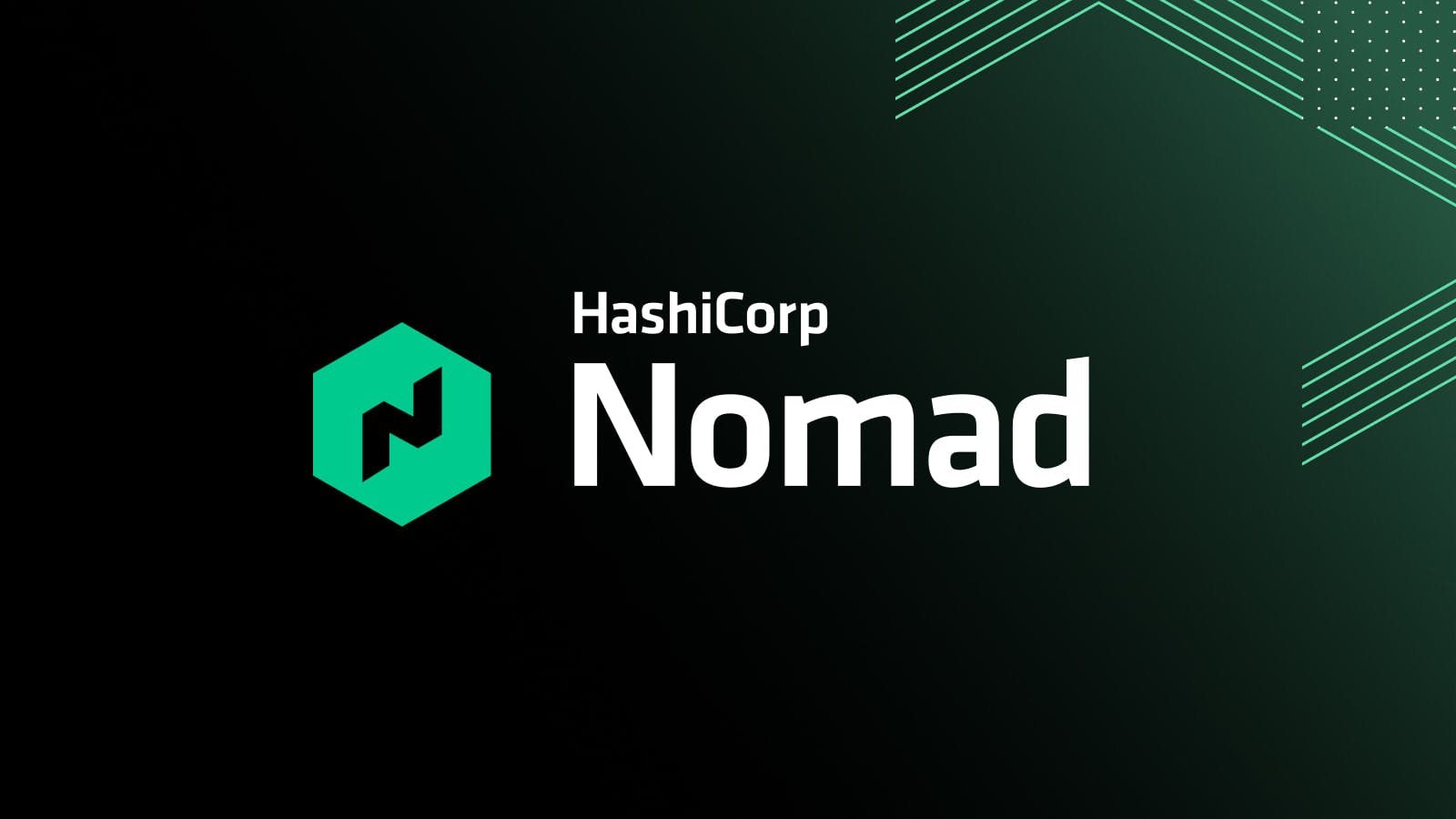
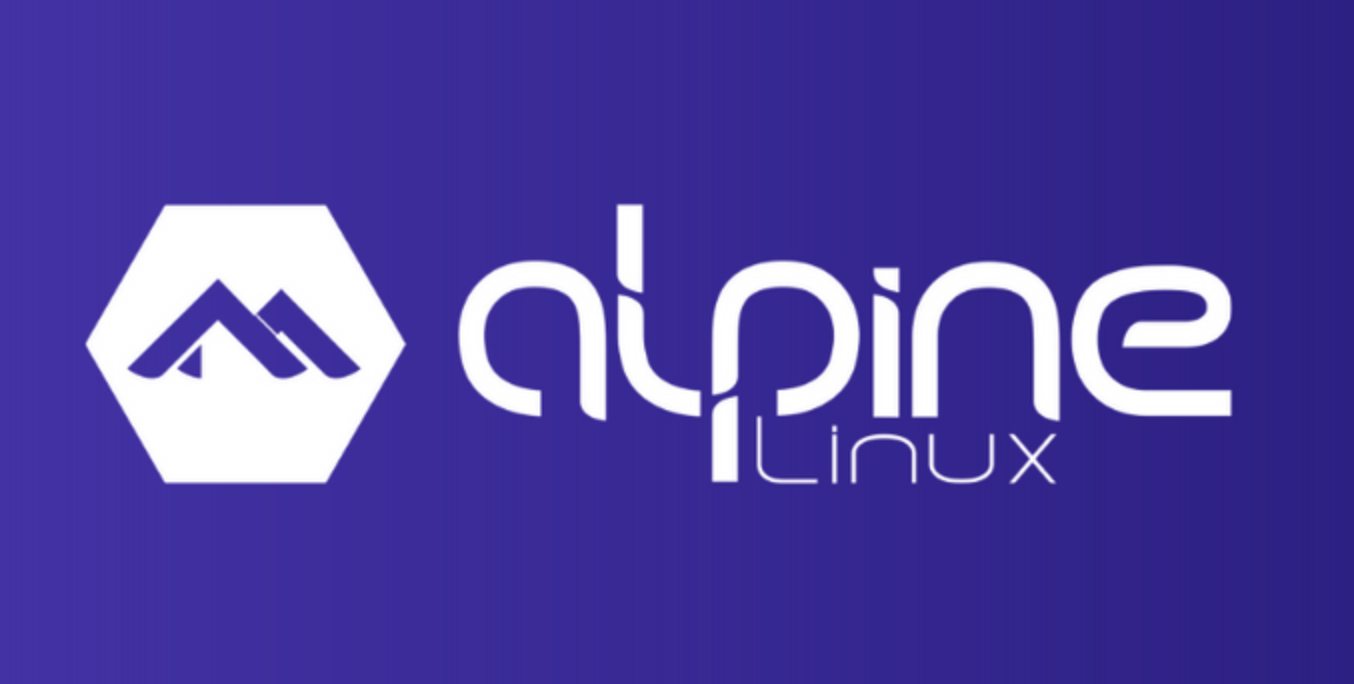
Installing HashiCorp tools in Alpine Linux containers
Learn the installation and verification workflow for any Linux distribution that does not include HashiCorp software in its package repository.
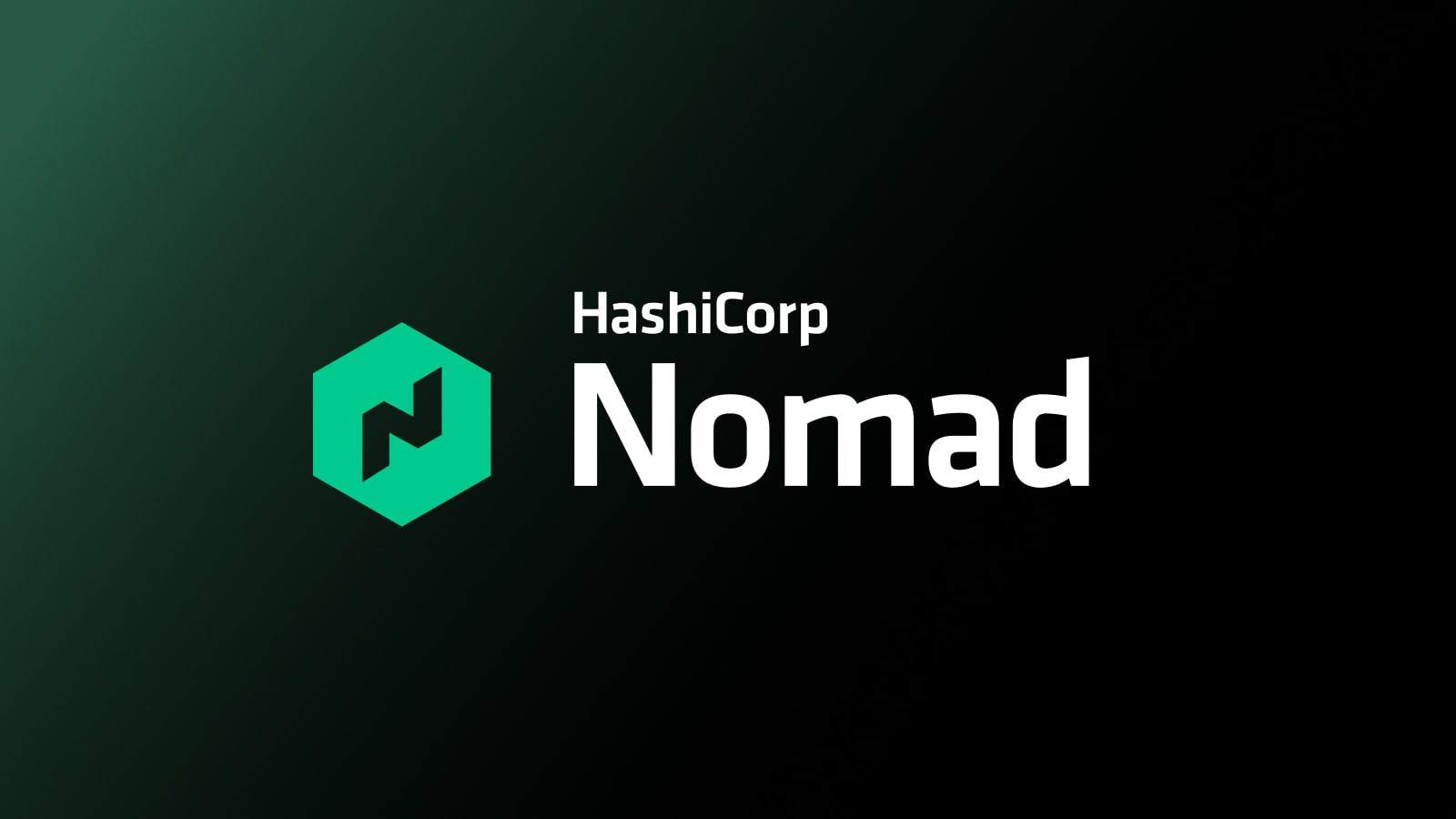
Nomad JWT auth with GitHub Actions
Learn how JWT-based authentication works in HashiCorp Nomad using a custom GitHub Action as an example of machine-to-machine authentication.

Target CLI: The context switcher for HashiCorp tools
Managing multiple clusters of HashiCorp tools can be complicated. Target CLI eases the burden by using context profiles to easily switch between different clusters and environments.
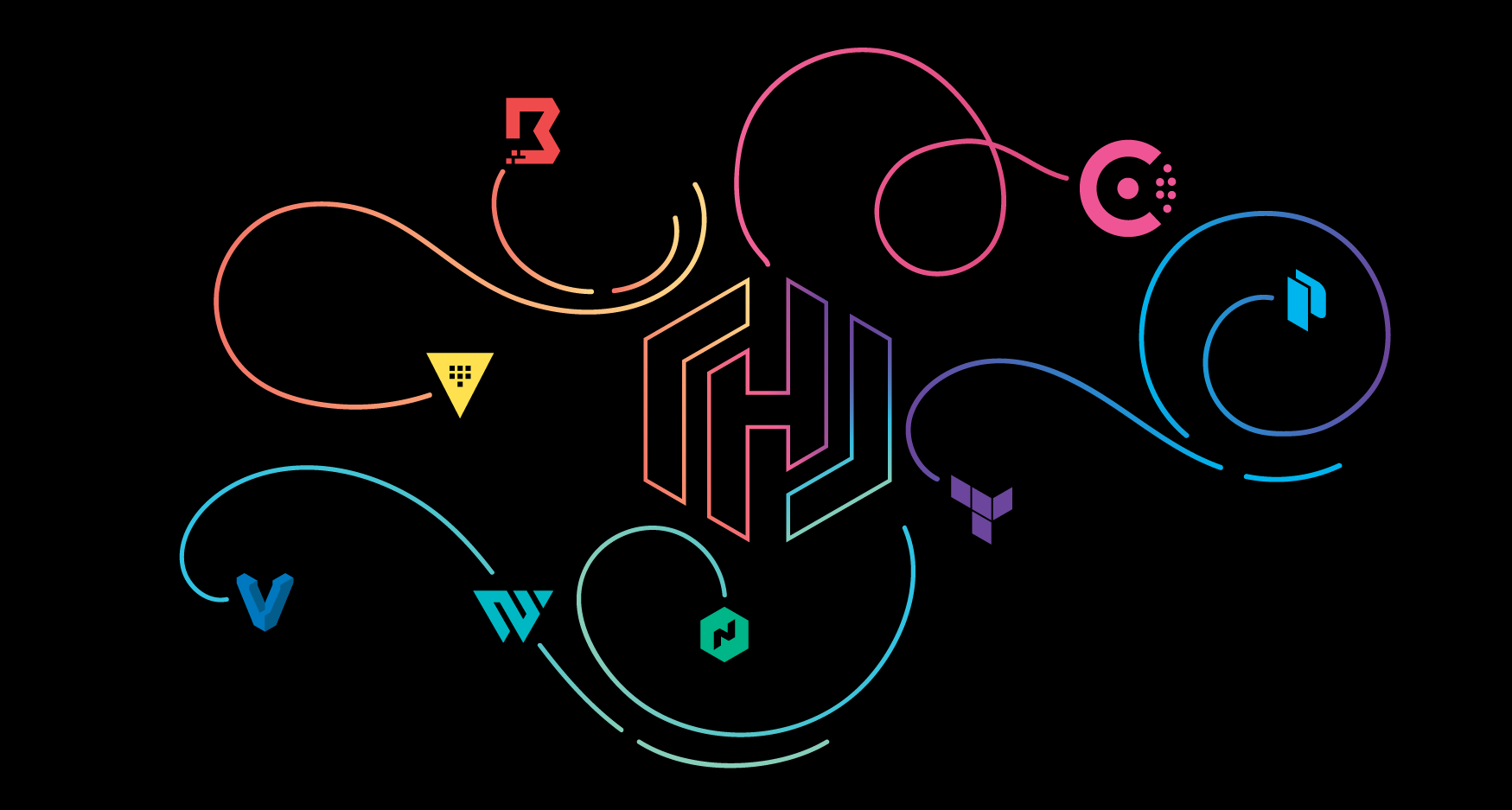
HashiCorp 2023 year in review: Product innovation
Looking back on a busy year, we’re proud of so many technical accomplishments. We’re even more excited about the future.

Red Hat Podman and HashiCorp Nomad integration matures
Improvements in the integration of Red Hat Podman and HashiCorp Nomad make it suitable for high-value applications and workflows.
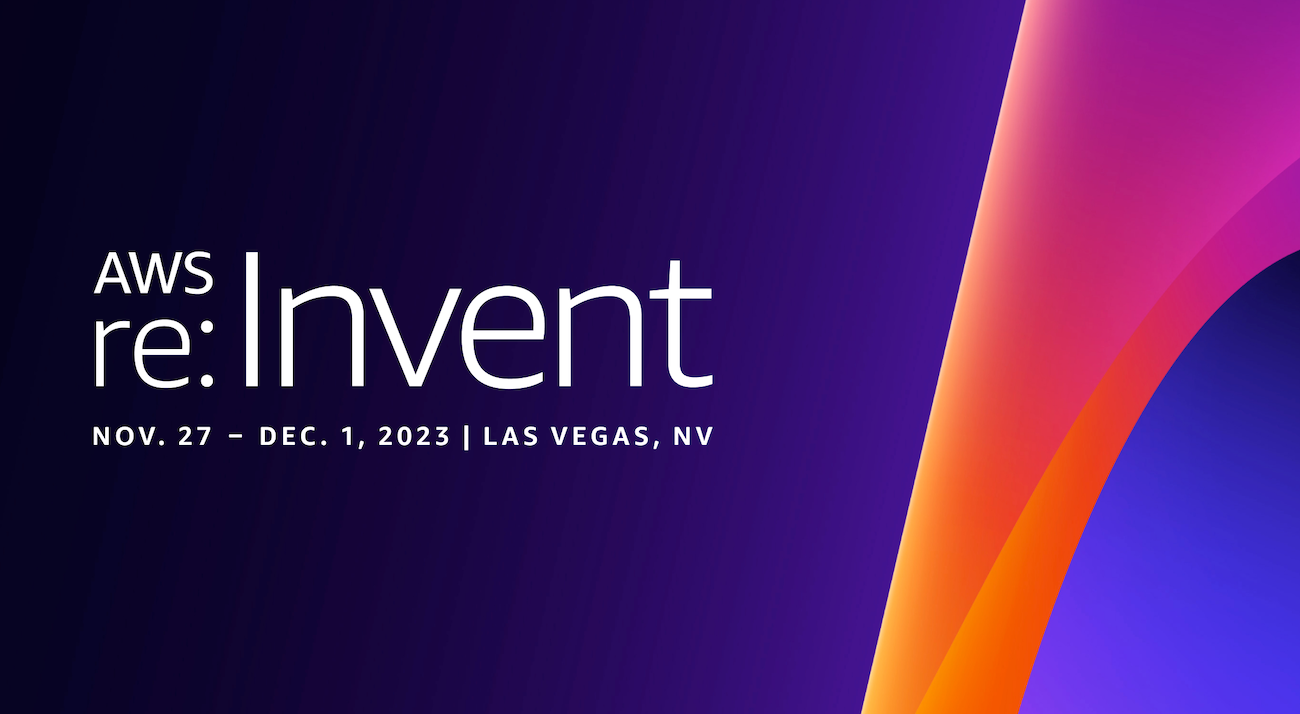
HashiCorp at AWS re:Invent: Your blueprint for cloud success
If you’re attending AWS re:Invent in Las Vegas, Nov. 27 - Dec. 1, visit us for breakout sessions, expert talks, and product demos to learn how to accelerate your adoption of a cloud operating model.